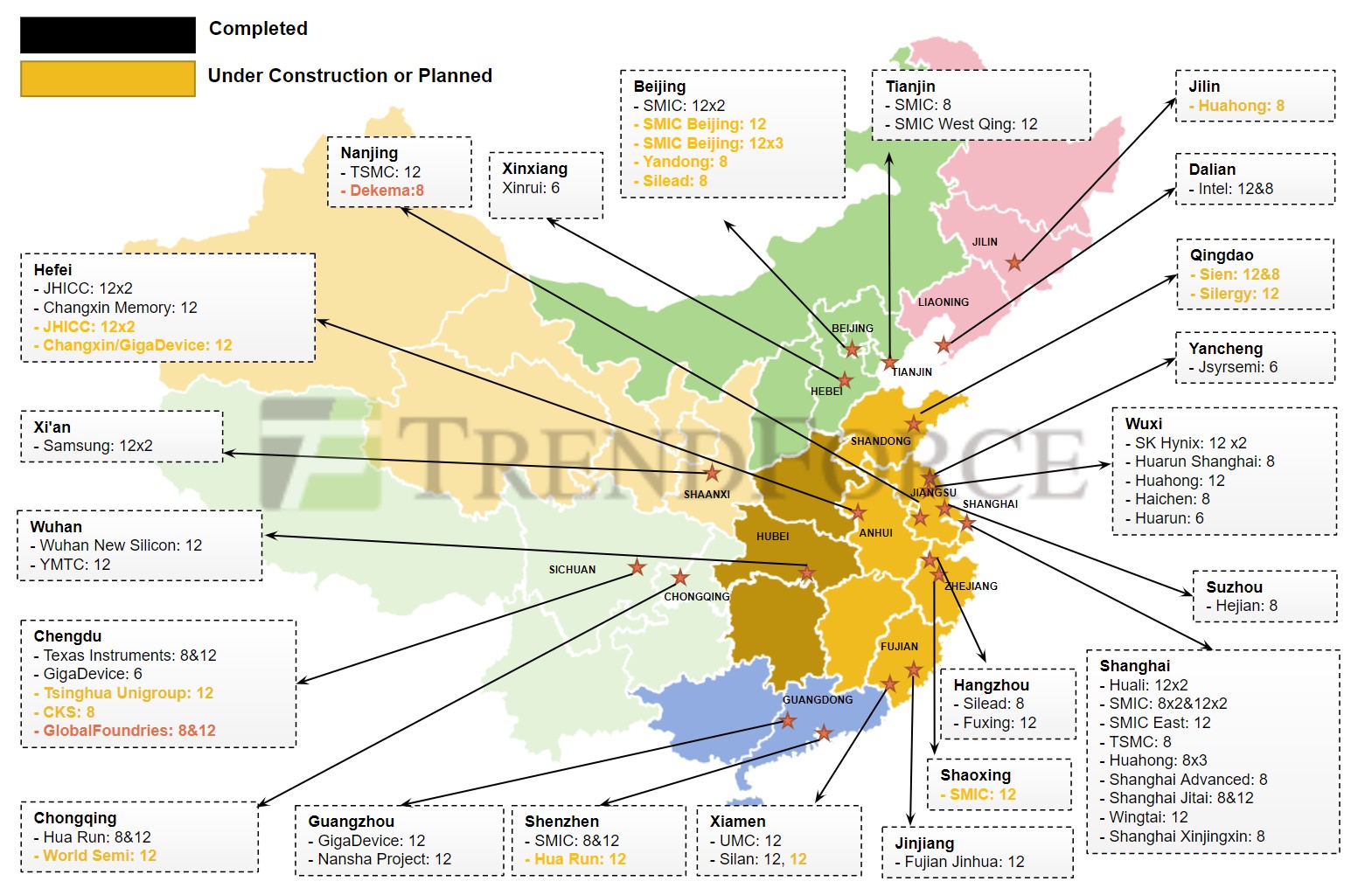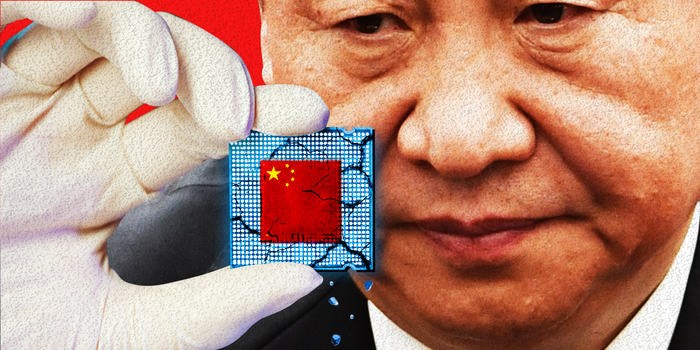Introduction
China’s semiconductor industry is on the brink of substantial growth, with production capacity projected to surge by 40% over the next five years. This expansion is driven by significant investments in equipment and strategic development of semiconductor fabrication facilities (fabs).
- Increased competition: This growth could lead to increased competition in the semiconductor market, potentially driving down prices for consumers.
- Reduced reliance on foreign chips: China currently relies on imports for a large portion of its semiconductors. This expansion could reduce their dependence on foreign suppliers.
- Technological advancements: Increased investment in domestic production might spur technological advancements in China’s chip-making industry.pen_spark
Follow us on Linkedin for everything around Semiconductors & AI
Background: The Rise of China’s Semiconductor Industry
China’s push for domestic semiconductor production isn’t entirely new. Here’s some background:
- Heavy reliance on imports: China currently imports a significant portion of its semiconductors, particularly the more advanced chips. This makes them vulnerable to supply chain disruptions and price fluctuations.
- Government initiatives: The Chinese government has been actively promoting domestic chip production through various initiatives. This includes financial aid, tax breaks, and attracting foreign expertise.
- Technological ambitions: China has ambitions to become a leader in the global technology sector, and domestic chip production is a critical part of that strategy.
The 40% growth projection suggests China’s efforts might be gaining traction. This could significantly reshape the global semiconductor landscape in the coming years.
China’s journey towards becoming a semiconductor powerhouse began decades ago. Initially, the country relied heavily on imports to meet its semiconductor needs.
However, recognizing the strategic importance of semiconductors for technological and economic sovereignty, China has made concerted efforts to build a robust domestic industry.
China acknowledges the strategic significance of semiconductors for its technological and economic sovereignty.
Initiatives like the “Made in China 2025” plan aim to boost self-sufficiency in critical sectors, including semiconductors.
Substantial funding has been allocated to research, infrastructure, and talent acquisition. This positions China to challenge established global players in the semiconductor market.
Read More: $445 Million in Damages: Jury Slaps Micron in Patent Trial Against Netlist – techovedas
Rapid Expansion of Silicon Capacity
TechInsights reports a remarkable increase in China’s total silicon capacity: from 310 million square inches (msi) in 2018 to an anticipated 631msi by 2024.
Projections suggest this will rise to 875msi by 2029. The growth stems from a substantial increase in spending on wafer fabrication equipment: from USD 11 billion in 2018 to nearly USD 30 billion in 2023.
Focus on Advanced Semiconductor Production
The expansion is primarily concentrated in 12-inch wafer fabs, which are essential for producing advanced semiconductors used in modern electronics.

Image Credits: Trendforce
While there is also some growth in 8-inch and 6-inch fabs, the emphasis on 12-inch fabs highlights China’s strategic push towards advanced technology manufacturing.
Domestic Consumption vs. Global Market Impact
Historically, China exported a significant portion of its semiconductor output. However, current trends indicate a shift towards increased domestic consumption.
Current trends indicate a shift towards increased domestic consumption. The key question: Will this new capacity serve the domestic market or will Chinese fabs re-enter the global market? This move could potentially drive down prices and increase competition.
Implications for Global Trade and Pricing
The Biden administration has responded to the potential global market re-entry by doubling tariffs on Chinese semiconductors from 25% to 50%. ![]()
This move aims to protect Western semiconductor manufacturers like Texas Instruments and GlobalFoundries from lower-priced competition by Chinese products.
Higher tariffs are likely to have a ripple effect across various industries. Electronics and automotive OEMs relying on Chinese semiconductor suppliers may face higher costs. This could impact consumer prices.
Read More: From Real Estate to Data Wave: Rustomjee to Build Data Center in India – techovedas
Strategic Investments and Economic Impact
China’s strategic investments in semiconductor fabrication equipment underscore its ambition to become a dominant player in the global semiconductor industry.
This investment is not only crucial for meeting the growing domestic demand for semiconductors but also for positioning China as a key supplier in the global market.
The rapid expansion of China’s semiconductor capacity will likely lead to significant shifts in the global semiconductor supply chain.
Companies worldwide may need to reassess their supply strategies and consider the implications of increased tariffs and competitive pricing from Chinese manufacturers.
Read More: What is a Data Center And Why It’s Considered Backbone of 21st Century Digital Age – techovedas
Future Prospects and Challenges
While the growth projections are impressive, several challenges could impact the pace and success of this expansion.
These include potential geopolitical tensions, technological transfer restrictions, and the availability of skilled labor to operate advanced fabs.
Moreover, maintaining quality and innovation in semiconductor manufacturing will be critical for China to compete effectively on the global stage.
Read More: What are 6 Types of Data Center: Difference & Similarities – techovedas
Conclusion
In conclusion, China’s semiconductor industry is set for significant growth, driven by massive investments in fabrication equipment and a strategic focus on advanced technology manufacturing.
This expansion will have profound implications for the global semiconductor market, influencing pricing, trade policies, and supply chain strategies.
As China continues to increase its production capacity, the world will be closely watching the developments and their impact on the global economy.









